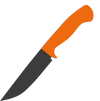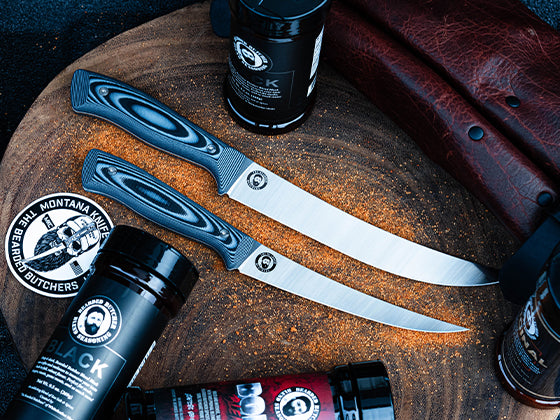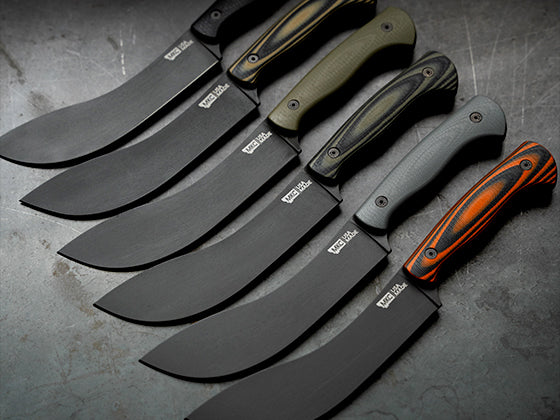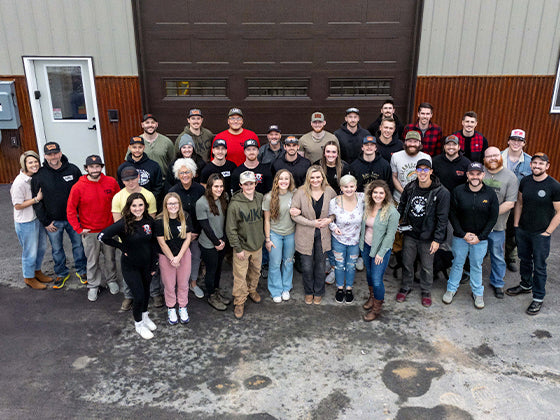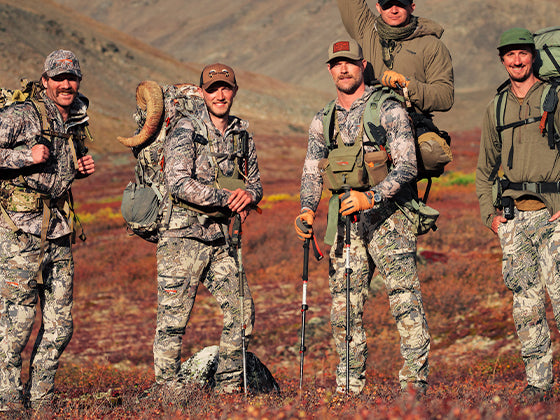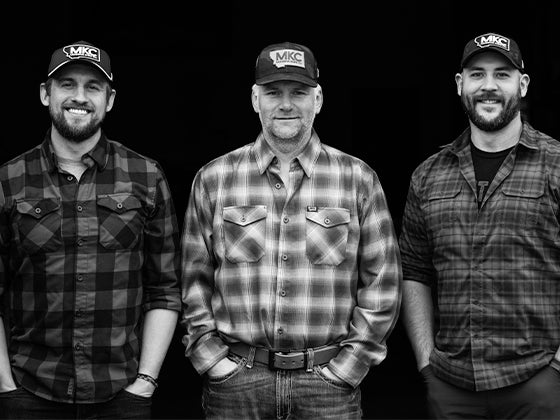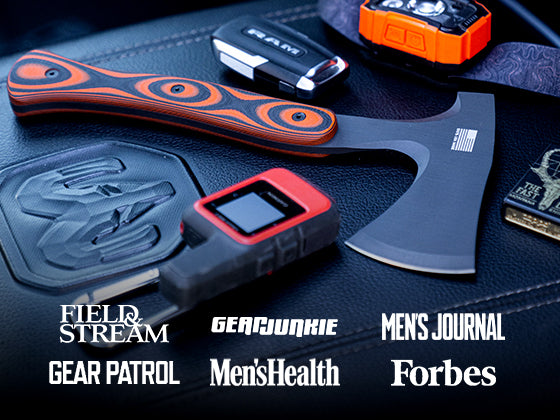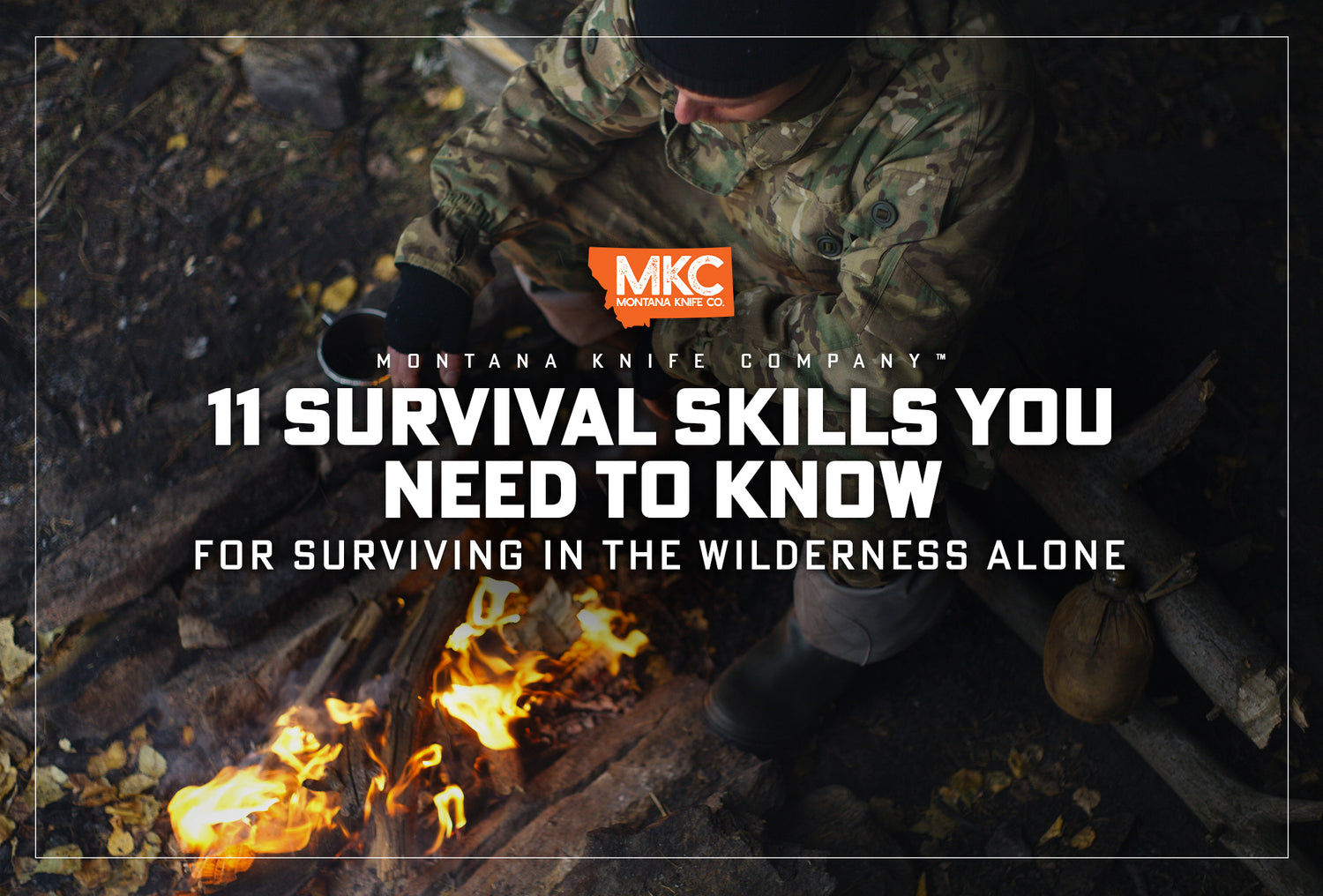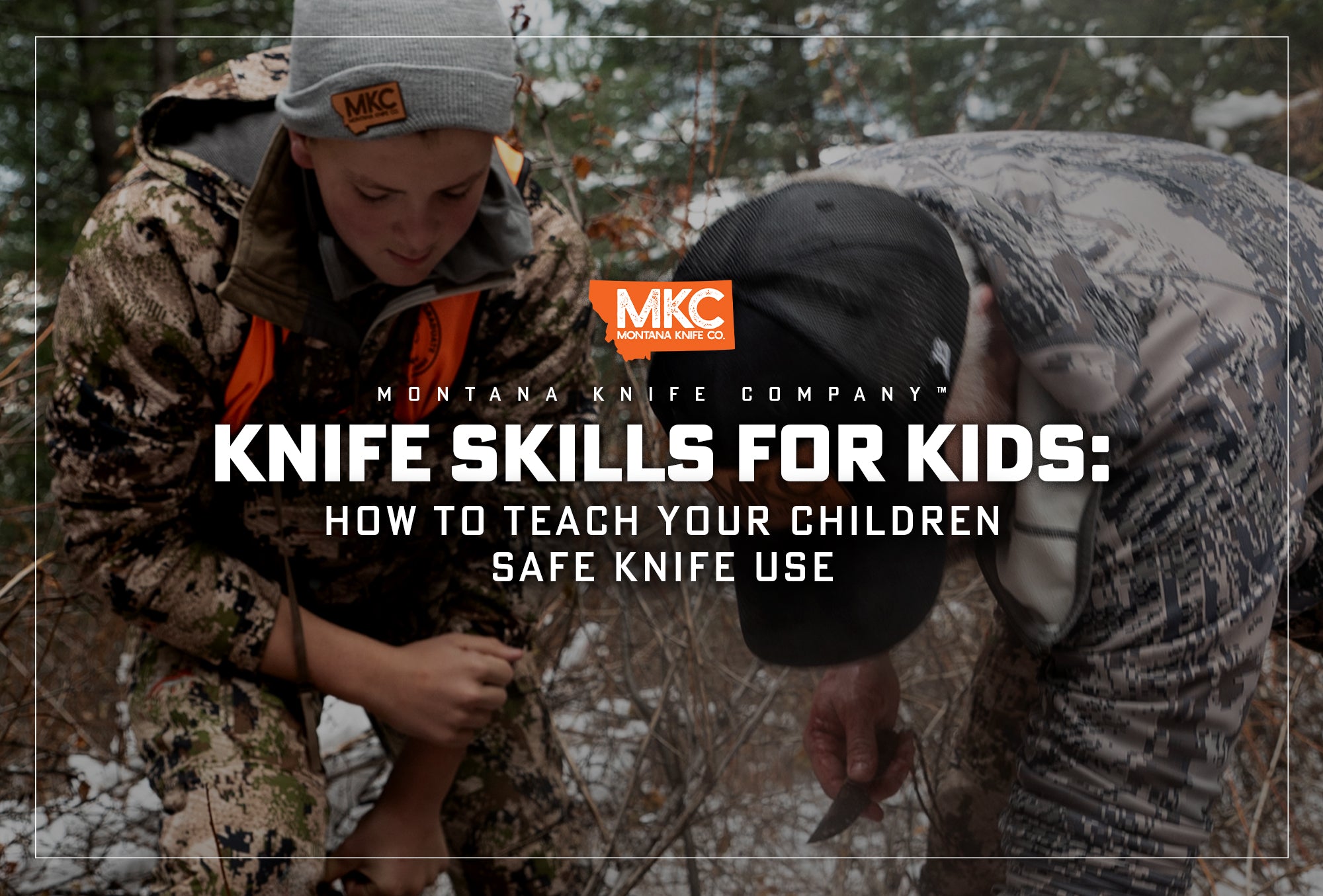For me, venturing into the wilderness by myself is all about disconnecting.
I’m not there to impress anyone but myself. I can turn off my phone and be free from distractions. I don’t have to entertain people and I don’t have to socialize. I go with the simple and singular intention of enjoying the wilderness.
But disconnecting from civilization requires a certain level of survival skills. The more disconnected you are, the less likely someone is going to be able to find you if you’re in trouble.
That’s why it’s so important you go into the wilderness prepared.
Surviving in the Wilderness: Why Preparation Matters
At Fieldcraft Survival, we teach a simple but serious motto: You are your own first responder. No one is coming to save you. But if you’re prepared, you can save yourself.
When you’re in the wilderness, you learn the importance of self-reliance. You learn to be resourceful with limited means, and you learn how to self-rescue.
Once you do that, you can go out with confidence and appreciate the great outdoors free of fear.
Survival Tips for Solo Adventures

Survival Skill #1: One-Handed Fire Starting
If you can learn one-handed fire starting, you’ll be well-trained for a bad scenario. Of course, it’s a hell of a lot easier to start a fire with two hands, but it’s not uncommon to end up in a one-handed situation.
When most people trip, they throw their arms out to break their fall and wind up with a hand or arm injury. In a situation like this, knowing how to light a fire with one hand is a critical for surviving in the wilderness.
Survival Skill #2: All Things Water
Before you venture out on your own, you have to know how to find water, how to collect it, how to treat it, and how to carry it. Part of this involves developing a situational awareness of your terrain and learning to observe animals and insects moving toward water.
Once you find water, you’ll need to know how to treat it, whether chemically or by boiling it. Then you’ll need to know how to carry it — both in vessels for transporting and in your body to keep yourself hydrated.
Survival Skill #3: Retaining Heat
Survival often comes down to retaining heat, be it through conduction, convection, radiation, perspiration, or respiration. Good shelter helps. I always tell people to remember the acronym “IOU” — inside, over, and under.
If you’re wearing good clothing, you’ll retain your body heat. If you have something over your head, it’ll keep you from getting cold and wet when precipitation hits. If you have solid walls around you, they’ll block the wind.
If you remember “IOU” and the ways your body loses heat, you’ll be better at keeping yourself warm and surviving in the wilderness.
Survival Skill #4: Communication
By communication, I’m not talking about how well you speak with your spouse. In the fieldcraft book, communication means having the ability to signal. It also means telling someone where you’re going, when you’re going to be back, and what to do if they don’t hear from you.
Communication involves analog methods (a pen and piece of paper) as well as digital methods (your phone, a radio, etc.). It also includes things like whistles and signal mirrors — proven methods that have kept adventurers alive.
Survival Skill #5: Cordage, or How to Tie Knots
You don’t need to know every single knot in the book, but you should know how to use cordage to your advantage. If you don’t, you might fall victim to the old expression: If you don’t know how to tie knots, you tie lots.
Knowing how to utilize cordage can make or break your weekend. A good knot will keep your tarp in place during a wind or rainstorm. It can be the difference between keeping something tied to the roof of your car or watching that thing roll down the highway.
Survival Skill #6: Basic Medical and Trauma Skills
Surviving in the wilderness means being prepared for the worst-case scenario. That’s why it’s good to carry tourniquets and wound-packing gauze, and to know how to use them.
It’s also important to be ready to treat more common ailments like cuts and burns — the little injuries that come from knives and campfires. Some people are really good at using a tourniquet, but they flounder when faced with the small things.
In the wilderness, it can be death by a thousand cuts.
Survival Skill #7: Navigation
Some people choose to navigate with a GPS unit, which is fine. Others want to navigate with a map and a compass, which is also fine. If it were me, I would want to navigate with a map, a GPS unit, and a compass. In other words, I want all the tools I can get, because even the most experienced navigator can get lost.
If you only want to use a map and a compass, having a GPS is like having a hidden superpower. If you only want to use a GPS unit, it can’t hurt to bring along a map and compass in case your GPS runs out of battery.
Survival Skill #8: Utilizing Light
It’s one thing to be prepared in the daytime, but it’s quite another to prepare for the dark. That’s why it’s always important to know how much sunlight you have left in the day and how to utilize other light sources after dark.
Carry a headlamp and put it on just before sundown. Learn how to work with a flashlight and how to use it in conjunction with a firearm.
Survival Skill #9: Identifying Edible Plants
Plants can be a dependable food source — they’ll never run away from you or jump off your hook. However, they can be more difficult to hunt. With good edible plant knowledge, you can always find something to snack on. You won’t have to wait for an animal to come along or a fish to bite.
Eating 100 calories every hour can be better than spending six hours trying to catch one trout. You might burn more calories trying to catch a fish than the fish provides you in return.
I believe edible and medicinal plant knowledge is the true survival skill.
Survival Skill #10: Knife Skills
Learn to use your knife to cut different types of material. Learn how to process game, how to cut wood, and, in a situation where either an animal or another human is attempting to hurt you, how to use a knife defensively.

Survival Skill #11: Learn How to Smooth It
There’s an old adage: If you’re going to be dumb, you’d better be tough.
When it comes to the outdoors, people always talk about “roughing it.” But if you’re constantly roughing it, you may never learn how to smooth it. If you’re constantly being tough, you may never become smart.
Isn’t it a lot easier to use a full-size saw than it is to use the little saw on your multi tool? Won’t you eat better if you bring food with you instead of having to chase your dinner down a trail? Won’t you sleep better on a sleeping bag than you will on a makeshift bed in the dirt?
Learn to smooth it. Learn that your survival skills reflect a lifestyle rather than a checklist. When you’re in the wilderness, you simply continue doing what you always do because you’ve trained for emergency scenarios and you’re ready for them.
You’re good. You’ve got this. You’re smoothing it.
by Josh Smith, Master Bladesmith and Founder of Montana Knife Company
with Kevin Estela, Best-selling Author, and Director of Training for Fieldcraft Survival














